
There's an important lesson tucked away in the far flung, north east corner of India.
The Bodoland Territorial Region in Assam is slowly picking up the pieces and finding peace after being subjected to decades of insurgence and violence.
The peace is new, just five years old, and the locals treasure it. It's evident in the way they speak of it, and how they show off their land.
Bodoland, really, is a beautiful place.
It's a sleepy region, with vast stretches of wild, untamed greenery.
The main roads are surprisingly well maintained and local dhabas dot the highways.
Women wearing the dokhona (the traditional Bodo sari) sit by the side of the roads, selling oranges, while fresh-faced children make their way to school.
Kokrajhar, the capital, is where the action lies and has a lot of bustle.

The Raimona National Park lies on the outskirts of Kokrajhar, and houses the golden langoor, elephants, over 190 kinds of butterflies and plenty of medicinal plants.

The Manas National Park has many more animals like deer, elephants, rhinoceros and wild buffalo.

The Brahmaputra river lies on one side and on the other, the foothills of Bhutan.
The Indo-Bhutan border is breathtakingly beautiful. The Sankrosh river flowing between the countries is so clear, the underwater pebbles are clearly visible.

But this is the new face of Bodoland, the one the locals want the world to see, while they hope to walk away from their violent past.
Activist-turned-politician Pramod Boro gives us a glimpse into that.
"After the Assam Accord in 1980, the tribals were held back a little bit, neglected. So in 1987, the tribal movement started," he explains.
"There was so much violence, killings, gang rape, burning, armed killings..."
Malnutrition and education were at their worst.
"It was a panic situation for us," Boro says.
Negotiations started, in the hope for peace and development, but they failed each time, until 2010.

"When the third Bodo movement started in 2010, we ensured there wouldn't be any violence. We targeted issues like making the society arms-free and rebuilding the community. That took 10 years," he says.
On January 27, 2020, the Bodo Peace Accord was signed and since then, peace has prevailed and Bodoland is limping back to her new normalcy.

Life is very different today.
Like a local journalist points out, simply meeting up at a busy junction in Kokrajhar in broad daylight would not have been possible before 2020.
"You often had rail rokos and curfews. Normal life would get crippled and there was no semblance of governance. You couldn't go to a shop at 7 pm because someone could lob a grenade. From 2014 onwards, some of the vulnerable groups were ready to talk peace," the journalist reviews.
"In the last five years, I've not heard of a rail roko in Bodoland, not heard a shutdown or violence. So it's a big change."

It's certainly a big change.
Today, one can be driving out at 11 pm, and not worry about any trouble.
But while things are safe now, life is still tough.
Sanjay, 44, used to be a poacher at the Raimona National Park. After the Peace Accord was signed in 2020, he was given a sum of Rs 50,000 from the government to give up his illegal activities.
"We used to hunt for deer and elephant. We would get about Rs 10,000, Rs 12,000 for a deer and Rs 30,000, Rs 35,000 for elephant tusks," he says.
It's been four years since he got the compensation from the government, and he's barely making ends meet. He does voluntary work for the forest department and a trickle of money comes in from the patch of land that he farms.
His two sons studied up to Standard 12, and then left home for better prospects. They now work at a "cake factory" in Bangalore, and sometimes send money home.
"They haven't visited us in five years. They don't want to come back," Sanjay says sadly.
"Life has become worse than before," he says.
Life for the other poachers is just as grim.
Another poacher, only 35, has a daughter in college but he doesn't know how he will pay the fees.

But there's hope.
School dropouts, many of them women, are making a decent living through silk worm rearing and the thriving sericulture industry. There are 44,000 rearers today over 1682 villages.

The high quality, expensive Muga and Eri silk is made here.
It takes about a month to weave a Muga silk sari, since it's done by hand, and costs about Rs 40,000. An Eri silk sari costs about Rs 20,000, as it is made in a spun mill.

Bodoland is still taking baby steps to providing opportunities and a better life to its people.
It's all seemingly coming together because of a powerful message that Pramod Boro believes in: "The most important things are peace and love. If you really love someone, you won't kill anymore. And then, we’ll have peace."
And then, he shines a light on Bodoland, which can teach us a lesson on resilience.

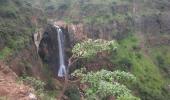



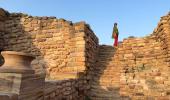



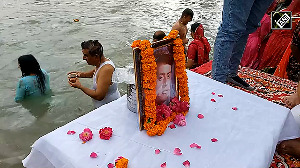
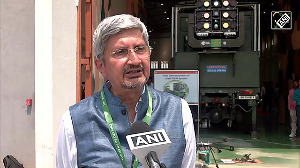
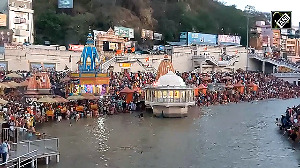
 © 2025
© 2025